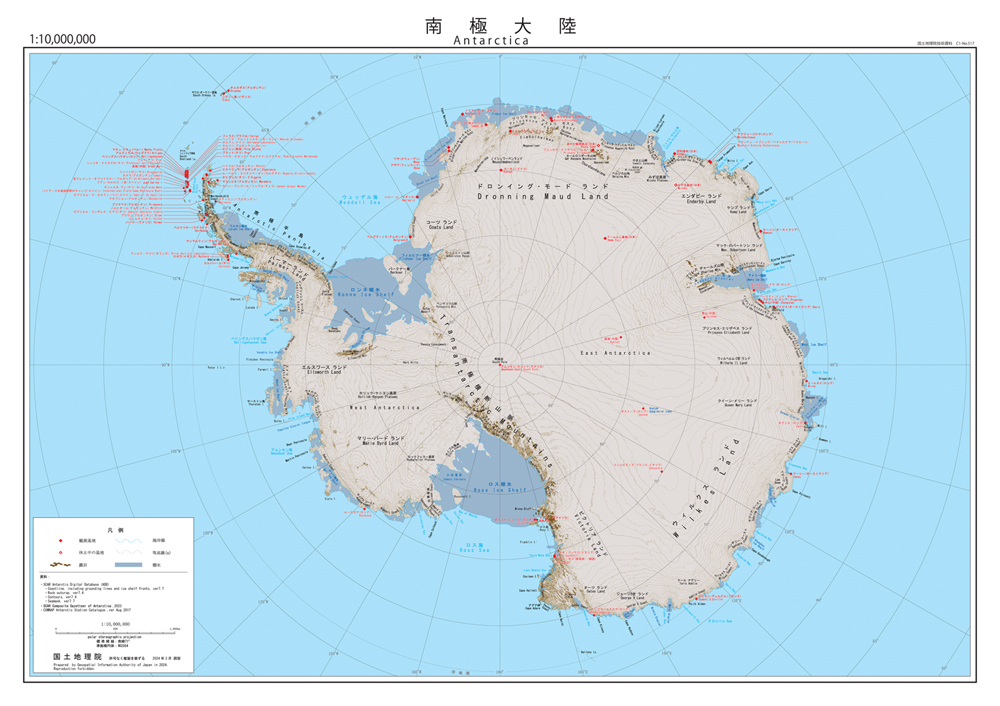2024-04-17 ワシントン州立大学(WSU)
<関連情報>
- https://news.wsu.edu/press-release/2024/04/17/e-tongue-can-detect-white-wine-spoilage-before-humans-can/
- https://ift.onlinelibrary.wiley.com/doi/10.1111/1750-3841.17036
電子舌と感覚パネルによるリースリングワインの腐敗発生の比較評価 Comparative assessment of Riesling wine fault development by the electronic tongue and a sensory panel
Rachel I. Potter, Claire A. Warren, Jungmin Lee, Carolyn F. Ross
Journal of Food Science Published: 27 March 2024
DOI:https://doi.org/10.1111/1750-3841.17036

Abstract
Wine faults threaten brand recognition and consumer brand loyalty. The objective of this study was to compare the acuteness of e-tongue and human sensory evaluation of wine fault development in Riesling wine over 42 days of storage. Riesling wines uninoculated (control) or inoculated with 104 CFU/mL cultures of Wickerhamomyces anomalus, Acetobacter aceti, Lactobacillus brevis, or Pediococcus parvulus were assessed every 7 days with the e-tongue and a rate-all-that-apply (RATA) sensory panel. After 7 days of storage, the e-tongue detected differences in all four wine spoilage microorganism treatments, compared to control wine, with discrimination indices over 86%. The RATA sensory panel detected significant differences beginning on day 35 of storage, 28 days after the e-tongue detected differences. This study showed that the e-tongue was more sensitive than the human panel as a detection tool, without sensory fatigue.
Practical Application
This research is useful for winemakers seeking additional instrumental methods in the early detection of wine faults. Given the results of this study, the e-tongue can be a useful tool for detecting early chemical changes in white wines that have undergone microbial spoilage, providing winemakers with time to mitigate faults before they surpass sensory thresholds.



